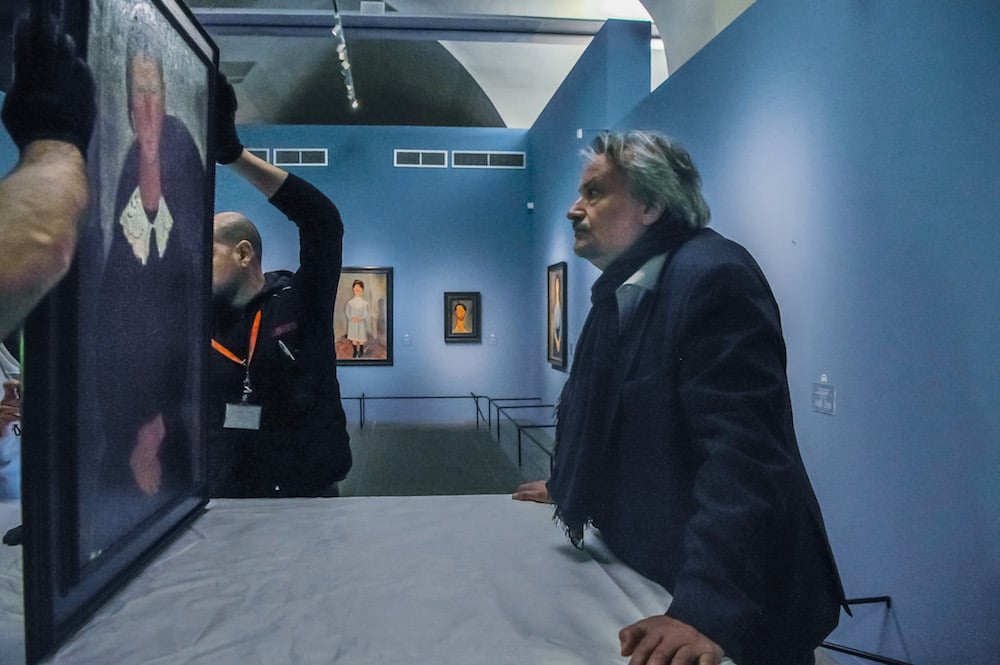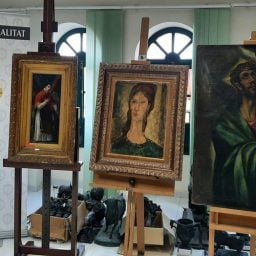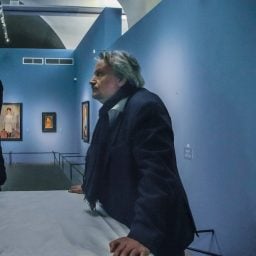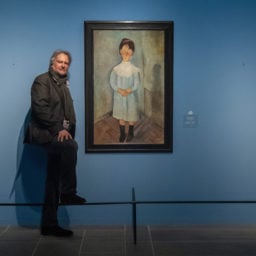A federal judge overseeing a complex lawsuit centered on the legacy of Italian artist Amedeo Modigliani handed a victory to scholar Marc Restellini last week (September 22) amid a tense standoff with the New York-based Wildenstein-Plattner Institute (WPI).
In the latest decision, the judge dismissed counterclaims that WPI filed against Restellini two months after he first sued the WPI in June 2020. Restellini’s own initial complaints against the WPI allege that it is hoarding thousands of pages of his original research and planning to make it all public. When WPI fired back in August 2020, it filed counterclaims that alleged copyright infringement against Restellini.
In her recent decision, Judge Annalisa Torres, of the Southern District of New York, sided with Restellini’s request that the court dismiss the WPI’s copyright claims against him and his related Restellini Institute. That leaves only Restellini’s charges against the WPI to be litigated.
A good portion of Judge Torres’s 17-page decision appeared to focus on the fact that what WPI deemed copyrightable was vague. Restellini had argued “that WPI has not pleaded this counterclaim with sufficient specificity to satisfy Federal Rule of Civil Procedure 8… The Court agrees,” according to the ruling.
Furthermore, the judge noted, to bring a copyright claim in the respective U.S. District, a claimant must show: which specific original works are the subject of the copyright claim; that the claimant owns the copyrights to those works; that the copyrights have been registered in accordance with the statute; and by what acts and during what time the defendant infringed the copyright.
“While we disagree with the decision, it doesn’t really change anything, because the parties are still litigating over rights to the same ‘Modigliani Material’,” said one of WPI’s attorneys, Megan Noh, of Pryor Cashman. “We look forward to the Court’s resolution of the WPI’s central allegation in this case: that Mr. Restellini is wrongly trying to seize control over scholarship by others, and to ‘own’ facts concerning [Modigliani] that do not belong to him.”
Restellini’s counsel issued a statement to Artnet News. “We are gratified that the Court has rejected WPI’s claims,” wrote Daniel W. Levy of McKool Smith, U.S. counsel to Restellini, and Alexandre Camoletti of Amoruso & Camoletti, European counsel to Restellini. “As the documents filed in court made clear, the Wildenstein Institute said for years that Restellini, and Restellini alone, was the author of the Modigliani catalogue raisonné, and that his authorship was independent of the Wildenstein Institute.” Levy added, “Marc looks forward to the return of the materials that he worked for years to assemble and that are being improperly held by WPI, and to the safeguarding of his trade secrets.”
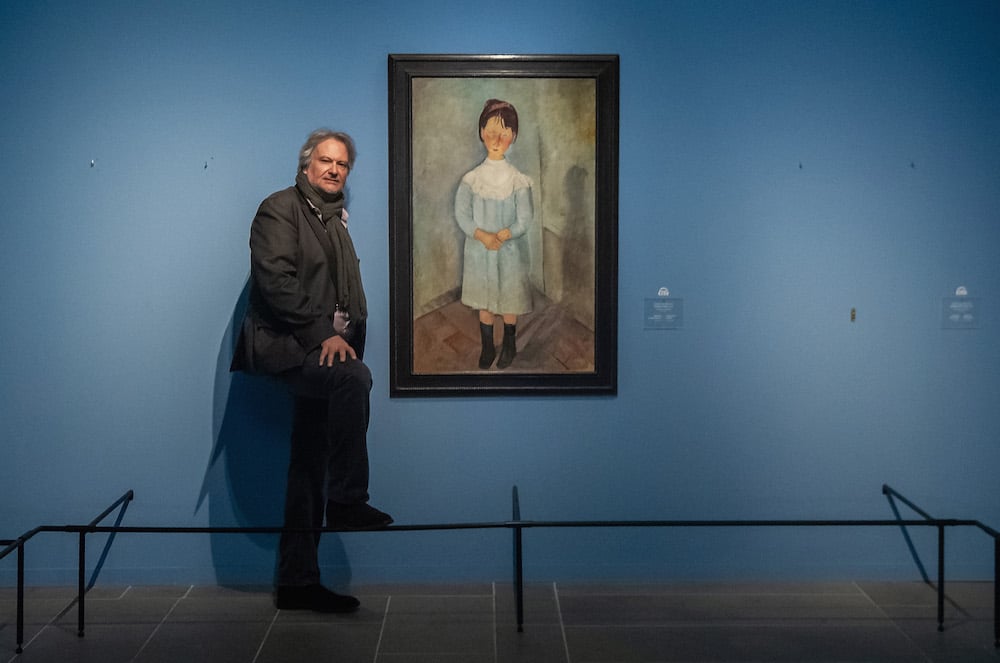
Marc Restellini at the dismantling of “Modigliani and the Montparnasse Adventure,” the show he curated in Livoro, Italy, in 2018. Photo: Laura Lezza/Getty Images
The stakes are high, given that Modigliani is one of the top-selling artists in the world. The record for Modigliani at auction is $170.4 million for a painting of a nude, Nu couché (1917–19) that was sold at Christie’s New York in 2015. To date, six Modigliani works have sold for more than $50 million each, and 17 works for more than $20 million each, according to the Artnet Price Database.
Works are rare in part because the the artist died of tuberculosis in 1920 at age 35. Since his death, the Modigliani market has been plagued by rampant fakes, heated authenticity debates, and competing catalogues raisonnés. There have been at least five attempts to produce a definitive record of his oeuvre.
The current legal battle has roots in a joint scholarship effort that was initially begun more than two decades ago. Restellini undertook his research in 1997 with the support of the entity that preceded WPI—the Paris-based Wildenstein Institute, founded in 1970 by art dealer Daniel Wildenstein. After Daniel died in 2001, his son, Guy, oversaw the institute. Restellini’s collaboration with Guy ended in 2014.
In November 2016, Guy joined forces with German collector and businessman Hasso Plattner to launch the Wildenstein-Plattner Institute. Its focus is digitizing and increasing the accessibility of art-historical documents. As part of the merger, Wildenstein gifted Restellini’s papers to the newly formed institute, according to Restellini’s court documents. Restellini claimed the institute never sought or obtained permission to transfer the material.
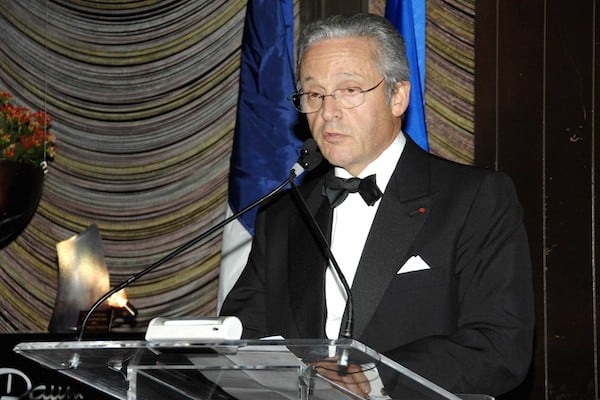
Guy Wildenstein.
Photo: Ben Gabbe/PatrickMcMullan.com.
To bolster his case Restellini submitted court papers showing that at some points during his relationship with the Wildenstein Institute, leaders had sought to distance themselves from him, particularly in a high-stakes authenticity case in the late 1990s that resulted in litigation from a disgruntled painting owner.
According to court papers, around 1997, discord arose between the Wildenstein Institute and then-president Daniel, with Moshe Shaltiel-Gracian (referred to as Shaltiel thereafter in the court papers), the owner of a work of art purportedly by Modigliani.
The dispute stemmed from a communication from Restellini to an unidentified auction house, alerting it of his decision not to include Shaltiel’s work in his forthcoming catalogue raisonné. After that communication, the auction house canceled the sale of Shaltiel’s painting.
Shaltiel originally filed a lawsuit against the Wildenstein Institute and Daniel in New York State Supreme Court, but it was dismissed for lack of personal jurisdiction. In court papers, when Shaltiel claimed that Restellini was a Wildenstein Institute employee, the Wildenstein Institute denied that.
After the New York case was dismissed, Shaltiel took his case against the Wildenstein Institute in the Tribunal de Grande Instance of Paris, again contending that the Wildenstein Institute was liable to Shaltiel for losses.
“As part of the same litigation, the Wildenstein Institute made a claim against Restellini, asserting that, if the Wildenstein Institute were liable to Shaltiel, Restellini should guarantee any losses incurred by the Wildenstein Institute. In support, the Wildenstein Institute stated, in substance, that only the infrastructure of the Wildenstein Institute had been made available to Restellini in his capacity as author and for him to create his work under his sole liability and without any control by the Wildenstein Institute,” according to court papers.
